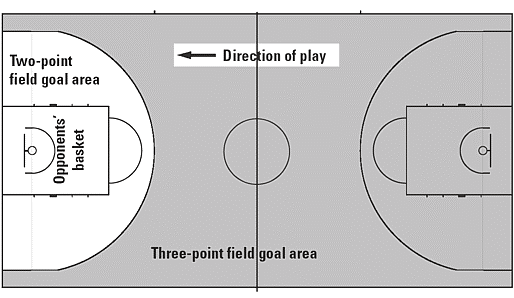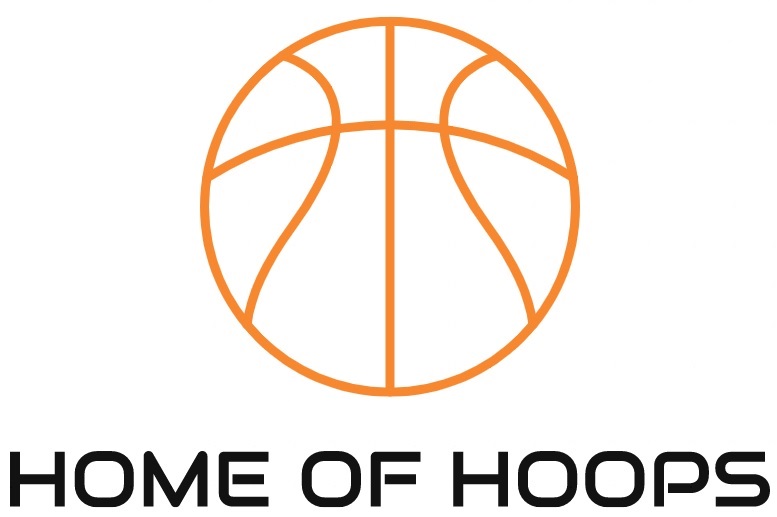Basketball Basics
Basic Basketball Rules Series
Welcome to the Basic Basketball Rules series of articles, where we will focus on the basic concepts of Basketball.
Part 1: Basketball Basics << You are here
Part 2: Basketball Offense and Defense Rules
Part 3: Basketball Infringements aka Basketball Fouls
Part 1: Basketball Basics
In Part 1, we will focus on the Basic Rules of the game Basketball.
History of the Rules of Basketball
The inventor of the game of basketball was a gentleman by the name of Dr. James Naismith from Springfield, Massachusetts of the United States of America in 1891.
Today’s game continues to stem directly from Dr. Naismith’s original rules, which are based around shooting a ball through a metal hoop (also known as a basket or ring), which is suspended above the ground (at a regulation height of 10 feet or 3.05m).
You may also find that at the junior level, it is not uncommon that the height of the basket may be lowered from its regulation height of 10 feet. This is to assist children in learning the game of basketball, and to help ease them into competitive play.
The Foundational Rules of Basketball
Here are the general rules of the game of basketball to be aware of:
1. Only 5 players per team on the court
The first 5 players who starts the game for a team are known as “Starters”. The remainder players on the team (i.e. the non-Starters) are referred to as Substitutes, or “Bench Players”. A team (or squad) is commonly made up of up to 10 players.
2. Score more than your opponent to win
To win the game, a team must score more baskets (shots that make through the hoop) than the other team. A basket is also known as a field goal, which refers to any basket a player scores during gameplay. Field goals can be worth 2 or 3 points, depending on where the player shot the ball from on the court.
There is also the concept of “Free throws”, shots that are taken from the free-throw line (also known as the foul line) when these are awarded by the referee. These are worth 1 point.

3. Advancing the ball
Basketball players may only advance the ball by passing or dribbling (bouncing the ball on the floor) as they move up and down the court.
If a player stops dribbling, they may not resume; instead, they must pass the ball or shoot it. If an offensive player (person with possession of the ball) stops then continues dribbling before passing or shooting, the referee will call a “double dribble,” and the opposing team gets the ball.
Additionally, if players run while holding the ball, they are traveling. Referees will issue a traveling call, and possession of the ball will go to the opposing team. Once an offensive team advances the ball past the half-court line, the ballhandler may not cross that line again, or a referee will award possession of the ball to the opposing team. This is known as a “backcourt violation”.
